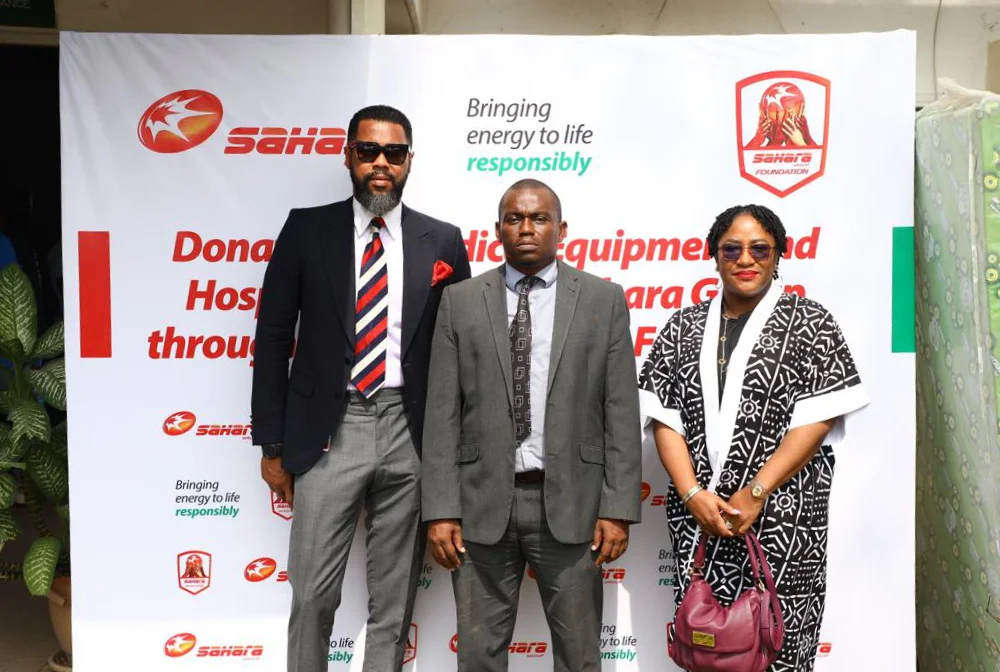Did you know that recycling and waste bins have different colours for a reason?
Ahh, I see you didn’t! So you’re just like us years ago.
The red, green and blue coloured bins you see, are not just because the manufacturer wanted them colourful. Each colour signifies a specific function in the world of recycling, and determines the kind of waste material you put in it.
Colours of Recycling Bins
They are generally 5 colours of recycle bins: Blue Green, Red, Yellow and White.
Blue
The blue colour of recycling bin signifies the act of saving the trees and ecosystem, particularly the wildlife. Paper and paper materials only, are tossed in this bin.
Green
As a Nigerian, I’m sure we usually see this as the colour of our local municipal bins. I even used to think it had something to do with our flag?
The green bin is used to collect organic materials which are decomposable. So your kitchen wastes, and edibles go into this bin.
Red
I like to say the red depicts dangerous non-biodegradable.
The red recycling bin has a general function of collecting plastics. But in the presence of White bins, it has a specific function of collecting materials with a thin plastic coating in them (landfill wastes).
Waste items like plastic bags, polystyrene, sticky tapes, and cling wraps, go into the red.
Yellow
The yellow bin is a multipurpose bin, encompassing a range of mixed items. However, you can’t just toss anything into this bin. Specifically items like glass bottles, cardboard, and paper materials, plastic, aluminum cans, cartons, and disposable coffee cups can be put in the yellow recycling bin.
White
Permit me to use ash colour or you wouldn’t see the ‘White’ in white?
Most times, red serves the purpose of plastic collection, but sometimes, gives White bins the privilege of collecting soft plastics. That is, plastic coated materials or items that are made with a thin lining of soft plastics such as biscuit wraps and packs, confectionary bags, frozen food wraps, e.t.c.
The knowledge of the use of each coloured bin helps in easing the recycling process, conserving energy and resources, and protecting the environment.






